By the 1800s, the mechanical clock had become a status symbol for wealthy Chinese. The first arrived with Jesuit missionaries and Portuguese merchants years earlier, but it wasn’t until the early 19th century that those outside of the imperial court could afford them. Rich merchant families displayed their clocks proudly, like their European counterparts had showed off pineapples. Women’s jackets started to be decorated with ‘clock buttons’ made of enamel and one family embroidered a clock face on to their baby’s silk bib.
European aesthetics made their way into other parts of Chinese society too. Traditional ink portraits became colourful and hyper-realistic, inspired by photography. Courtesans learned to play billiards and ate in restaurants decorated like European salons. The artist Wu Youru illustrated these early modern scenes along with vignettes from western life: village cricket played in the English countryside or New York firemen at work. The pictures were lithographically printed in the Dianshizhai Huabao, a Shanghai-based magazine founded by a British businessman in 1884.
You can see all these works in the British Museum’s new show China’s hidden century. The dark exhibition space is cloistered with glowing paper screens, among which sit more than 300 exhibits that tell the story of Qing China’s final century, through elite politics down to everyday life. Curious fusions in fashion, art and household items were created through China’s interactions with Europeans. The country was transforming from a feudal empire to a modern republic.
This wasn’t always a happy (or voluntary) process. As much as artists and merchants were intrigued by the ideas and aesthetics brought by the foreigners, the foreigners were also (more often than not) brutal in their methods. Colonial European powers were expanding their reach ever eastwards. Cultural histories of Chinese art have often skated over this era, writes co-curator Julia Lovell in the exhibition’s companion catalogue, hence ‘hidden’. In China, we simply call it ‘the century of humiliation’.
The last Qing rulers proved no match against their industrialised rivals, who had the hard power of gunboats and muskets and the soft power of Christianity. The Brits added Indian-made opium to the mix. The Chinese typically mark the start of this century with the first opium war, in 1839. (It’s worth noting that the war was controversial in Britain from the start – ‘All the alleged aims of the expedition against China are vague, illimitable and incapable of explanation, save only that of making the Chinese pay the opium-smugglers,’ The Spectator wrote in 1840.)
Upon defeat in 1842, the Qing signed away Hong Kong to the British in the Treaty of Nanjing. The original copy is on display, borrowed from the National Archives. This would be the first of several ‘unequal treaties’, and in the following decades more territory was carved out by the victors and much treasure taken back to Europe and America (the BM’s exhibits are almost entirely from British and American collections). Queen Victoria was even given a Pekingese pooch, who she named ‘Looty’.
Hubris may be why the Qing never saw the end coming. Eight blue scrolls open the exhibition. It’s the ‘Complete Map of All Under Heaven Unified by the Great Qing’, showing the empire’s borders including the new territories of Tibet to the west and Mongolia to the north (forming the basis of the Chinese Communist party’s territorial claims today). Deeper into the exhibition, one hears snippets of Mandarin, Manchu, Mongolian and even Chagatai (a predecessor of modern Uyghur), all languages spoken in this Asian superpower. The Qing were Manchus, not Han Chinese, and their empire was multi-ethnic.
Dynastic pride was epitomised by the self-satisfaction of the Empress Dowager Cixi, widow of an emperor and regent to two more: ‘I have often thought that I am the cleverest woman that ever lived… I have heard much about Queen Victoria… Her life was not half as eventful as mine.’ Later generations would remember Cixi for her contribution to China’s downfall – from choosing a boy emperor to extend her own power, to violently ending that emperor’s modern reforms after just a hundred days, even as the country desperately needed to adapt to the industrial age.
But China’s hidden century is all the more interesting for going beyond the political and into the personal. Well-preserved prints, jewellery and clothing reveal the very human priorities of those who had the (mis)fortune to live through this time. A colourful child’s jacket with geometric shapes, matched with a handmade hat in the shape of a dragon’s head, reveal a mother’s creativity and her commitment to warding her child from evil. A set of ivory and jadeite thumb rings show how Han-Chinese men adopted nomadic Manchu fashions even as the latter made the former second-class citizens. A primitive peasant raincoat, made from palm leaves and straw, betray the huge economic inequalities of the dying empire.
Cixi died in 1908, and after the brief reign of another boy emperor, the Qing dynasty finally spluttered its last in 1912. Manchu queues were cut off as men grew their hair in the western fashion; women stopped binding their feet. China’s long and brutal 19th century had ended, as a modern republic (led by the Han Chinese) was founded. If only it were easy sailing from there.
Got something to add? Join the discussion and comment below.
Get 10 issues for just $10
Subscribe to The Spectator Australia today for the next 10 magazine issues, plus full online access, for just $10.
You might disagree with half of it, but you’ll enjoy reading all of it. Try your first month for free, then just $2 a week for the remainder of your first year.


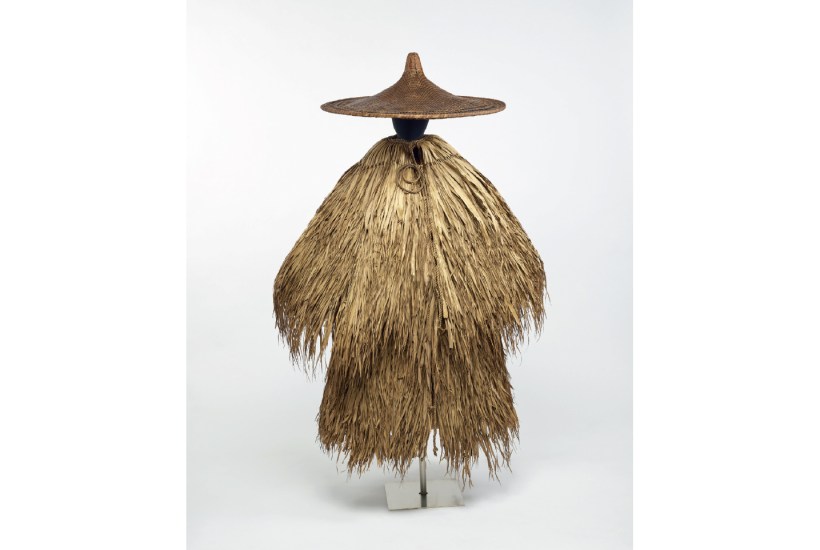
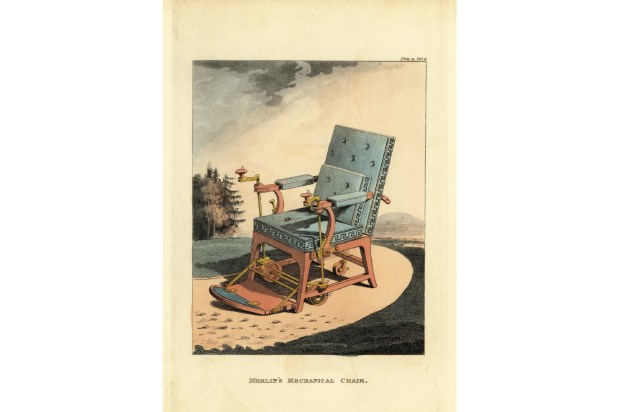
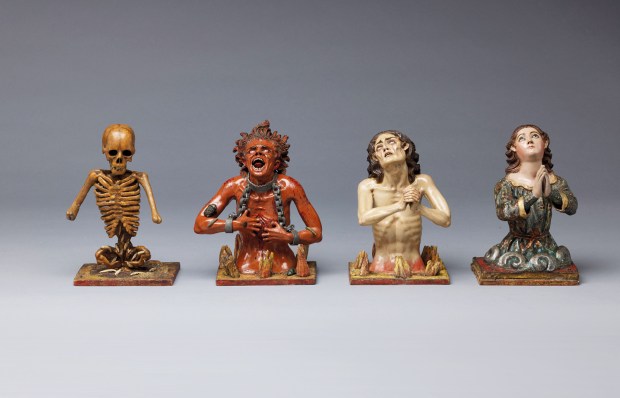
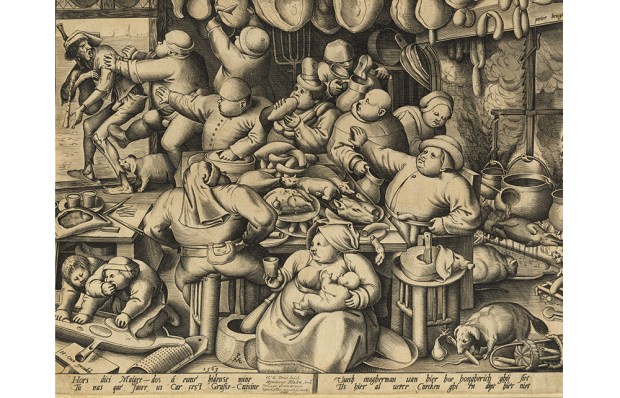
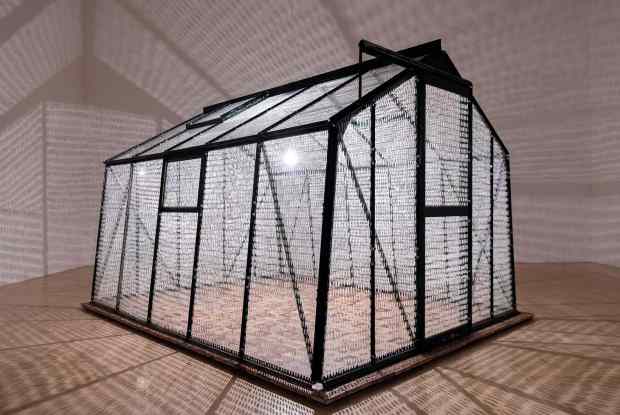
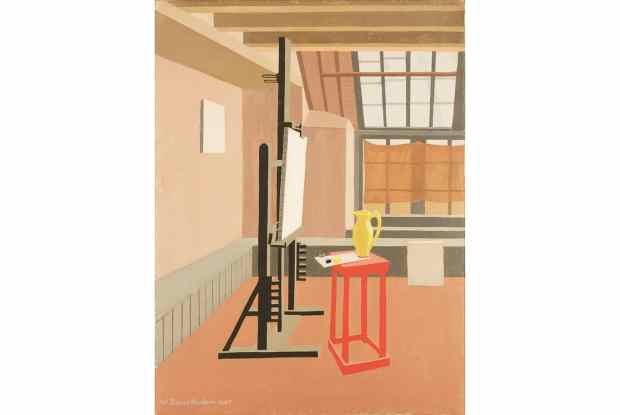







Comments
Don't miss out
Join the conversation with other Spectator Australia readers. Subscribe to leave a comment.
SUBSCRIBEAlready a subscriber? Log in